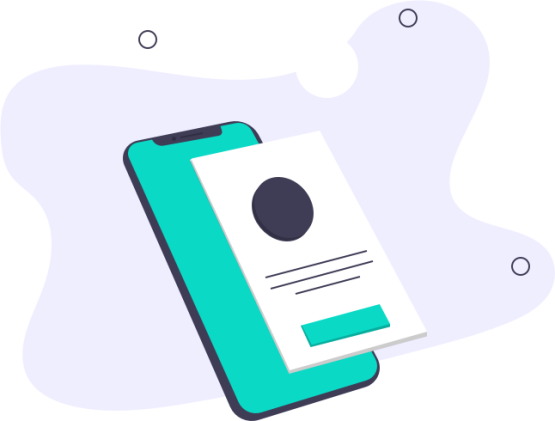Struggling with seasonal revenue forecasting? AI tools can reduce errors by up to 50% and improve accuracy to 79%. Businesses using these tools report 83% revenue growth compared to 66% with traditional methods. Here's what you need to know:
- Why AI Matters: Cash flow issues affect 60% of SMBs, and poor forecasting is a major contributor. AI tools help with inventory management, cash flow planning, resource allocation, and strategic decision-making.
- Key Features to Look For:
- Pattern Detection: Identifies seasonal trends and inconsistencies.
- Data Integration: Syncs with CRMs, POS systems, inventory tools, and even weather data.
- Real-Time Updates: Keeps forecasts accurate with dynamic adjustments.
- User-Friendly Design: Reduces errors and simplifies team collaboration.
Quick Comparison of Top Tools
| Tool | Accuracy | Key Features | Cost |
|---|---|---|---|
| Nektar | 90% | Real-time alerts, Salesforce sync | $20–$50/user/month |
| Anaplan | High | PlanIQ, deep integrations | $40k/year + setup |
| Planful | High | Predictive modeling, anomaly alerts | Moderate pricing |
| Kluster | High | B2B SaaS focus, HubSpot sync | Moderate pricing |
| Shurco.ai | Moderate | SMB-focused, workflow automation | Affordable pricing |
AI forecasting tools are transforming how businesses plan for seasonal changes. Keep reading to find the best fit for your needs.
Using AI to Enhance Your Predictive Planning and Forecasting
Key Features for Forecasting Tools
When small and medium-sized businesses (SMBs) choose AI tools for seasonal revenue forecasting, it’s crucial to focus on features that provide measurable business benefits. Research shows that time series techniques can accelerate growth. Below are the key features that can drive meaningful results:
Pattern Detection and Analysis
Modern AI forecasting tools excel at identifying intricate seasonal patterns across various data streams. Since data inconsistencies are common, having reliable pattern detection is critical for producing accurate predictions.
Data Integration Capabilities
Effective forecasting tools should seamlessly connect with a range of systems and data sources, including:
- Customer relationship management (CRM) platforms
- Point-of-sale (POS) systems
- Inventory management tools
- External market indicators
- Weather data
- Broader economic trends
This integration ensures that forecasts are based on a comprehensive view of all relevant factors.
Real-Time Updates and Adaptability
AI tools now achieve an impressive 79% accuracy rate. Key features that contribute to this include:
- Real-time data processing and self-adjusting models to keep forecasts up-to-date
- Instant alerts for significant pattern changes
- Dynamic updates to reflect evolving market conditions
"AI tools improve sales forecasting by analyzing data, spotting trends and using predictive analytics to increase accuracy. The tools help SMBs make more informed decisions about improving the sales process and increasing revenue."
- Abílio Rodrigues, Content Editor, Pipedrive
Reporting and Visualization
The ability to turn raw data into actionable insights is a cornerstone of effective forecasting. Reporting features often include:
| Feature | Business Impact |
|---|---|
| Interactive Dashboards | Help teams quickly identify trends and patterns |
| Customizable Reports | Focus on the metrics that align with specific goals |
| Automated Alerts | Highlight unusual patterns or risks needing attention |
| Historical Comparisons | Enable performance tracking over previous seasons |
These tools make it easier to interpret complex data and act on findings.
User-Friendly Interface
A user-friendly design can help reduce forecast errors by up to 57%. The interface should empower team members to:
- Navigate features effortlessly
- Access insights without requiring technical expertise
- Create reports with minimal effort
- Collaborate effectively across departments
1. Nektar
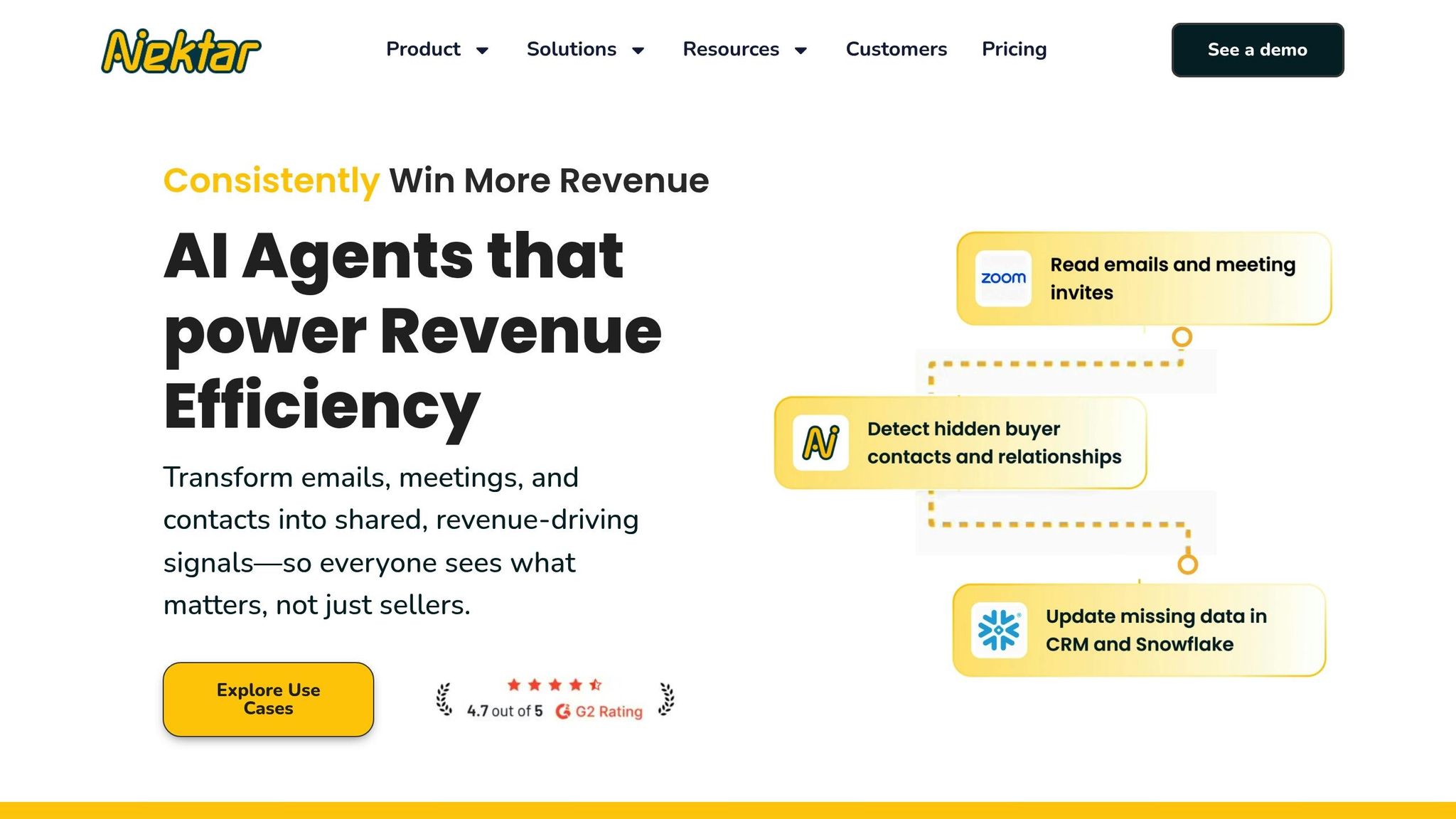
Nektar showcases how specialized AI tools can transform seasonal revenue planning for small and medium businesses (SMBs), achieving an impressive forecast accuracy of over 90%.
Pattern Analysis
The AI engine focuses on three critical metrics:
- Sales representative performance
- Seasonal trends
- Deal stage progression
By analyzing these factors, Nektar delivers precise revenue predictions and helps businesses craft smarter strategies. It also integrates seamlessly with major platforms, enhancing its utility.
System Integration
Nektar simplifies the forecasting process with smooth integrations:
| Integration Feature | Impact on Business |
|---|---|
| Salesforce Sync | Automatically syncs data, including custom and standard fields |
| Contact Management | Captures buyer engagement across the entire lifecycle |
| Zero Adoption Requirements | Fully automated setup, requiring no manual intervention |
| Time Savings | Saves 2-3 hours of manual work per sales rep |
These integrations not only save time but also enhance the accuracy of its forecasting models.
Forecast Modeling
Nektar’s AI engine ensures clean, reliable data for accurate forecasts. Alex Dyson, Sr. Manager of RevOps at Signifyd, highlights its impact:
"Nektar ensures accurate, polished data in Salesforce to drive better decisions."
Live Updates
Real-time monitoring keeps forecasts up to date with features like:
- Instant alerts for at-risk accounts
- Real-time activity tracking
- Proactive outreach recommendations
Nealesh Patel, CRO of CrunchBase, shares his experience:
"Nektar has made it so much easier to work with consistent data across teams. It's like they've brought order to the chaos, and we're seeing the results in our growth."
With pricing between $20 and $50 per user/month, Nektar empowers businesses to make data-driven decisions. Companies leveraging such insights are 23% more likely to acquire customers and 19% more likely to achieve profitability.
2. Anaplan

Pattern Analysis
Anaplan employs classical decomposition to uncover seasonal revenue trends. By examining historical data, it identifies patterns, seasonality, and cycles, which enhances the accuracy of forecasts. With this analysis as its foundation, Anaplan also integrates multiple systems to streamline financial planning processes.
System Integration
Anaplan's ability to integrate with various enterprise systems creates a connected environment for financial planning and analysis. Its integrations include:
| Integration Type | Business Impact |
|---|---|
| ERP Systems | Simplifies financial data management |
| CRM Platforms | Improves visibility into sales pipelines |
| HRIS Solutions | Boosts accuracy in workforce planning |
| Third-Party Data | Adds depth to forecasts with external insights |
These integrations deliver measurable results, with finance teams reporting productivity gains of up to 40%. Bayer Crop Science EMEA is one such success story. Their CFO shared:
"We use Anaplan for all our planning and forecasting processes. Building scenarios for the business, visualization of our data, bridging different systems and processes."
Forecast Modeling
Anaplan's PlanIQ feature provides a clear view of forecasts by breaking down seasonal components and trends. This tool enables businesses to:
- Examine historical data during key buying seasons
- Manage seasonal profiles for products and customer groups
- Generate precise forecasts using both internal metrics and external data sources
Live Updates
Building on its analytical strengths, Anaplan offers real-time updates that allow forecasts to adapt quickly to market changes. Kerry Small, Vodafone's Commercial and Operations Director, emphasized this benefit:
"Anaplan helps us to see what's possible with collaborative planning - within sales, and across Vodafone."
Anaplan supports both top-down and bottom-up forecasting, ensuring decision-makers across departments have access to up-to-date and accurate sales projections. This real-time collaboration is especially crucial for businesses in fast-moving markets, as it allows forecasts to adjust immediately to new data or shifting conditions.
For companies considering Anaplan, it’s worth noting the associated costs. A typical deployment for a smaller business with 125 employees comes in at approximately $40,000 per year, with implementation costs of around $100,000 for a 16-week setup. Despite the investment, Anaplan receives high praise, earning a 4.6 out of 5 stars rating on G2, particularly for its flexibility during implementation.
3. Planful
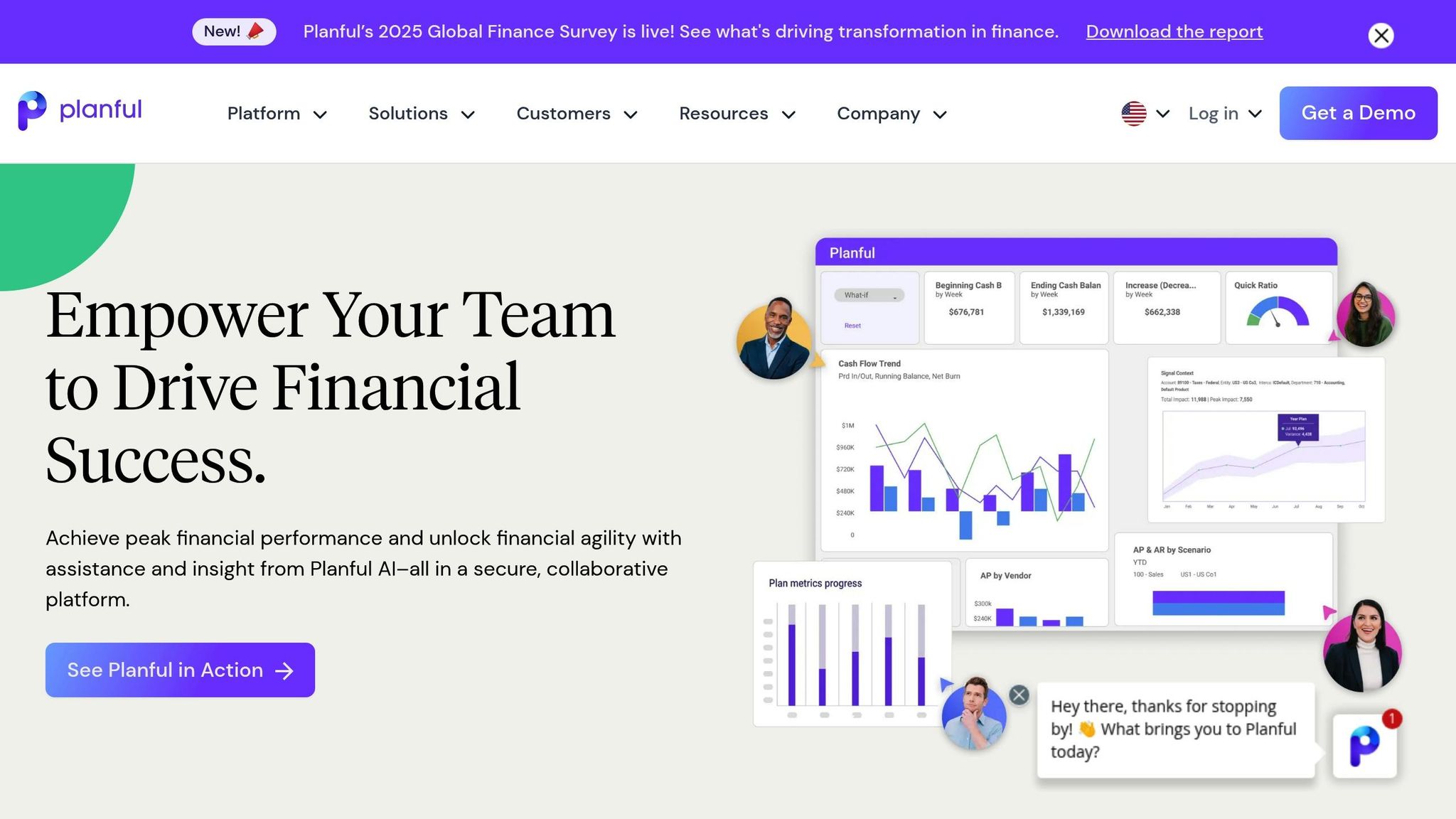
Pattern Analysis
Planful Predict leverages AI to sift through historical financial data, uncovering seasonal trends across various business units, products, and locations.
In 2024, Aurorium used Planful Predict to analyze three years of data, uncovering anomalies in 89% of its general ledger (GL) combinations. Robert Franz, Senior Reporting & Systems Analyst at Aurorium, shared:
"Planful added a lot of data visibility, which increased trust in the data and our financial results. Since Planful is tied directly to our source data, we know exactly where the numbers come from. Planful allowed us to build our financial processes around data integrity."
This advanced pattern analysis lays the groundwork for smooth data integration and better financial insights.
System Integration
Planful brings together data from multiple sources, simplifying forecasting and improving decision-making. Its integrations include:
| Integration Type | Benefits |
|---|---|
| CRM Systems | Consolidates customer data for cohort modeling |
| GL Systems | Provides real-time access to financial data |
| HR Systems | Simplifies workforce planning |
| ERP Platforms | Ensures smooth data flow across operations |
In 2022, Otter Products LLC showcased these capabilities by shifting from reactive to proactive forecasting. With Planful, they implemented monthly updates across the organization, improving their overall planning process.
Forecast Modeling
Planful's AI-powered tools take forecasting to the next level by combining data integration with advanced modeling techniques. These include:
- Machine learning for identifying patterns
- Seasonality analysis to recognize trends
- Automated anomaly detection
- Bias reduction using pre-filled templates
PS Logistics is a standout example, cutting their monthly close time by 80% and discovering $2.4 million in cost savings.
Live Updates
Planful's live updates ensure forecasts stay relevant and accurate. Kevin Washek, Director of FP&A at Kimball Midwest, highlighted:
"Planful and the AI capabilities have helped our team significantly reduce repetitive tasks, allowing the team to provide better strategic support across the company. For us, it is a game changer."
Some of the standout features include:
- Real-time updates and deviation alerts
- Automated anomaly detection
- Collaborative workflows for faster decision-making
Cohort PLC has put these features to work, saving nearly one week per month while managing forecasts across six subsidiaries.
sbb-itb-32f4d4f
4. Kluster
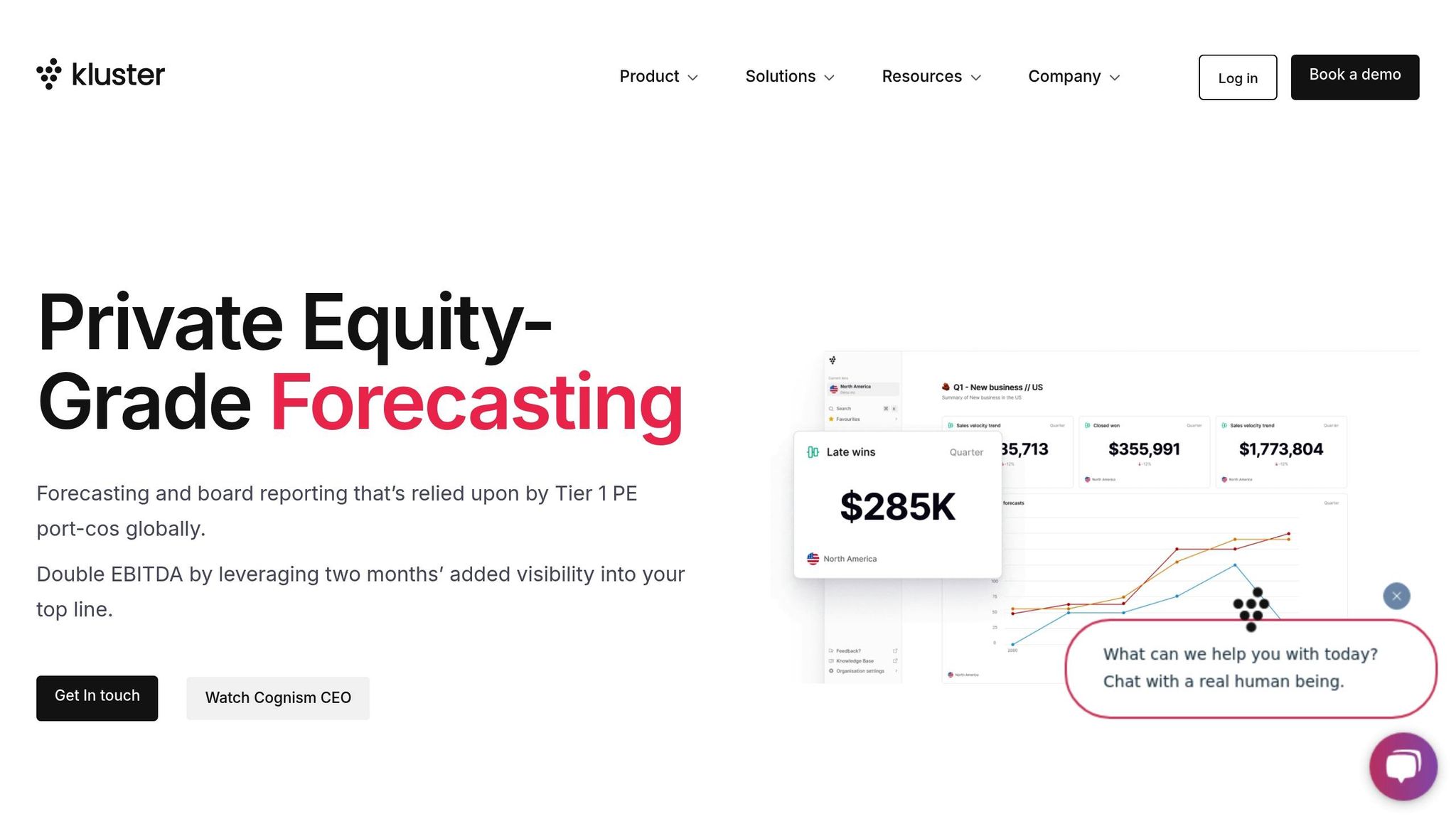
Kluster stands out as one of the leading AI tools for seasonal revenue forecasting, specifically designed for scaling B2B SaaS companies. By leveraging both historical and current sales data - often sourced from platforms like HubSpot - it identifies seasonal revenue trends with precision. With 70% of sales leaders citing difficulties in achieving accurate forecasts, Kluster's approach goes beyond traditional methods, offering deeper insights through its advanced integration and modeling capabilities.
System Integration
Kluster ensures a smooth flow of data across essential business systems through its integration framework. Here's a snapshot of its key integration capabilities:
| Integration Type | Functionality | Business Impact |
|---|---|---|
| CRM Systems | Automatic data collection | Real-time visibility into the sales pipeline |
| Sales Tools | Performance tracking | More precise forecasts |
| Analytics Platforms | Data consolidation | Better decision-making |
| HubSpot | Syncs historical data | Comprehensive trend analysis |
These integrations automate data collection and processing, maintaining high levels of accuracy and ensuring forecasts remain up-to-date and dependable.
Forecast Modeling
Kluster employs a variety of forecasting methods to enhance prediction accuracy. Its capabilities include:
- Advanced analytics to assess pipeline data
- AI-driven trend analysis to uncover patterns
- Predictive intelligence for anticipating future revenue
- Automated data processing to deliver consistent results
This multi-faceted approach addresses common forecasting issues, seamlessly integrating with Kluster's dynamic live update features for real-time adaptability.
Live Updates
One of Kluster's standout features is its live update system, which provides real-time analytics through intuitive dashboards. These dashboards allow businesses to interpret data instantly and respond quickly to changing trends. Additionally, Kluster offers customizable reporting options to align with specific business requirements.
5. Shurco.ai
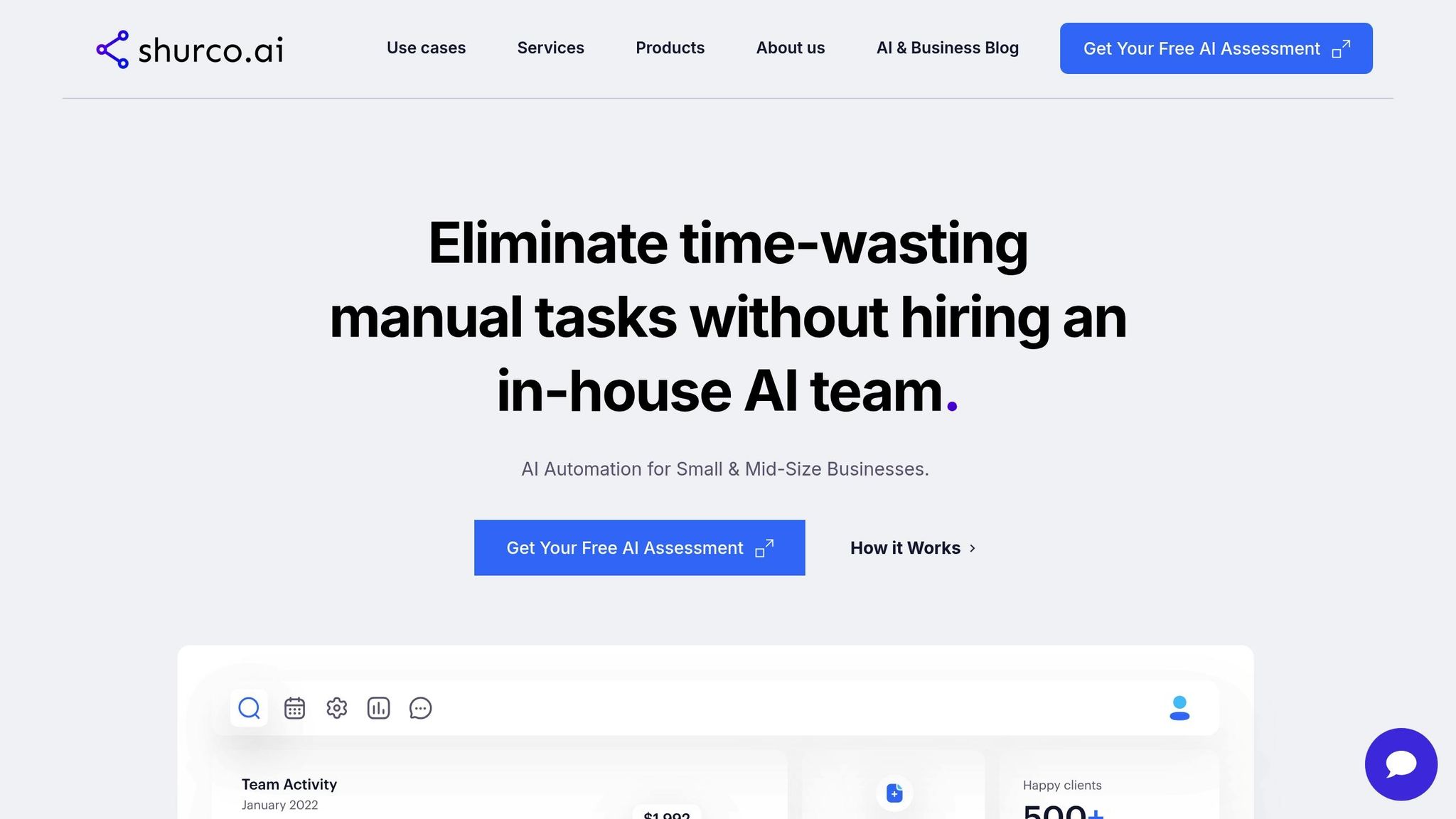
Shurco.ai is an AI-powered platform designed to simplify seasonal revenue forecasting for small and medium-sized businesses (SMBs). By combining advanced pattern analysis with seamless system integration, it provides businesses with reliable tools to predict and plan for seasonal revenue changes.
Pattern Analysis
Shurco.ai's analytics engine is built to uncover seasonal trends and patterns in business data. With its pattern recognition capabilities, businesses can:
- Spot recurring revenue fluctuations tied to specific seasons
- Pinpoint critical seasonal indicators that influence performance
- Measure year-over-year metrics to gauge growth or changes
- Monitor and adjust for seasonal variations in real time
These features allow SMBs to stay ahead of seasonal shifts and make informed decisions.
System Integration
Shurco.ai ensures smooth collaboration between various business tools, creating a unified forecasting experience. The platform integrates with essential systems, breaking down data silos and automating repetitive tasks. Here's a quick look at how it works:
| Integration Type | Key Functions | Business Benefits |
|---|---|---|
| CRM Systems | Automated data collection | Better customer insights |
| ERP Solutions | Financial data synchronization | Centralized and accurate reporting |
| Project Management Tools | Workflow automation | Reduced manual workload |
These integrations enable businesses to work more efficiently while leveraging advanced document classification and customer support automation.
Forecast Modeling
Shurco.ai's forecasting model turns complex data into actionable insights. Its standout features include:
- Custom AI Agents: Tailored models that align with individual business needs
- AI-Powered Analytics: In-depth analysis of past patterns and current trends
- Workflow Automation: Simplified processes for gathering and analyzing data
- ROI-Focused Solutions: Clear, measurable outcomes to support business goals
Tool Features Comparison
Our detailed tool reviews break down the key features that contribute to effective seasonal revenue forecasting. The most critical aspects include forecast accuracy, data requirements, pricing, and ease of integration.
Forecast Accuracy and Performance
AI-powered forecasting tools can improve accuracy by up to 30% compared to traditional methods. This advantage comes from their ability to process vast amounts of data and detect intricate seasonal patterns that older methods might miss.
| Feature | Traditional Forecasting | AI-Powered Solutions |
|---|---|---|
| Accuracy Rate | Below 75% | Higher |
| Data Processing | Limited | Extensive |
| Pattern Recognition | Basic | Advanced |
| Real-time Adaptability | Low | High |
Considering how tools manage seasonal variations is equally important.
Seasonal Analysis Capabilities
The ability to analyze historical data and adjust for seasonal trends varies between tools. Below is a summary of the minimum data requirements and setup complexity for several popular solutions:
| Tool | Minimum Data Required | Setup Complexity |
|---|---|---|
| Nektar | 2+ years | Moderate |
| Anaplan | 100,000+ records | High |
| Planful | 50,000+ records | Moderate |
| Kluster | 2+ years | Moderate |
| Shurco.ai | 50,000+ records | Low to Moderate |
For many businesses, cost and return on investment (ROI) are also deciding factors.
Cost Structure and ROI
Did you know that 69% of businesses allocate between $50 and $10,000 annually for AI tools? On average, a small business spends about $1,800 per year. These numbers highlight the varying financial commitments required, depending on the scale and tool selected.
Integration and Implementation
Integration ease and implementation complexity can differ significantly across forecasting models. Here's a closer look at common model types and their key implementation factors:
| Model Type | Data Requirements | Processing Power | Accuracy Level | Cost Impact |
|---|---|---|---|---|
| Time Series Analysis | 2+ years historical | Low | Good | Lower |
| Machine Learning Models | 50,000+ records | Moderate | Better | Moderate |
| Deep Learning Models | 100,000+ records | High | Best | Higher |
These distinctions help explain why 83% of sales teams using AI-driven tools report revenue growth, compared to 66% of teams without AI integration.
Summary
Here’s a quick recap of the key insights from the comparisons above.
AI forecasting tools are now hitting an impressive 79% accuracy rate - a 28% improvement over traditional methods. This leap has directly contributed to 83% of sales teams leveraging AI reporting revenue growth.
These tools deliver tangible results, including:
| Business Impact | Average Improvement |
|---|---|
| Forecast Error Reduction | 30–50% |
| Sales Productivity Boost | Up to 30% |
| Forecasting Time Reduction | 40% |
| Sales Cycle Length Reduction | 56% |
One real-world example comes from a Midwest boutique clothing store. After adopting AI forecasting, they reduced excess inventory by 22% and increased monthly revenue by 15%. The system worked by analyzing sales history, web traffic, and even weather trends to fine-tune inventory management.
"All ecommerce businesses can benefit from integrating AI in a variety of ways, from improving the efficiency of daily tasks with LLMs (large language models) or other specific tools, to improved and personalized product recommendations, or creating content and copy for marketing collateral."
– Chris Wlezien, founder and product innovation strategist at Eureka Partners
When selecting an AI forecasting tool, keep these factors in mind:
| Selection Criteria | Key Considerations |
|---|---|
| Data Requirements | Minimum historical data needed |
| Integration Capabilities | Compatibility with current systems |
| Implementation Complexity | Setup and training requirements |
| Cost Structure | Initial investment and ongoing fees |
| Support Level | Availability of technical assistance |
Looking ahead, Gartner predicts that by 2028, 50% of organizations will replace bottom-up forecasting with AI. Interestingly, smaller businesses are leading the charge - 42% of companies with 10 or fewer employees already use AI, compared to just 23% of firms with 100+ employees.
To get the most out of AI forecasting, prioritize high-quality data, secure stakeholder buy-in, and provide focused training. Regular monitoring is also critical for maintaining an edge, especially in seasonal industries.
FAQs
How can AI tools improve the accuracy of seasonal revenue forecasting for businesses?
AI tools are transforming how businesses forecast seasonal revenue by leveraging advanced algorithms to process massive datasets and identify patterns that traditional methods often overlook. Unlike basic statistical models, such as averages or linear trends, AI works with real-time data and integrates multiple factors like historical sales, economic trends, and even customer sentiment.
By automating the process, AI not only minimizes human error but also saves valuable time, enabling businesses to adapt quickly to shifting market conditions. The result? Forecasts that can be up to 30% more accurate, empowering companies to make smarter, data-driven decisions when planning for seasonal demand.
What should I look for in an AI tool to forecast seasonal revenue trends effectively?
When selecting an AI tool for seasonal revenue forecasting, focus on features that improve both precision and ease of use. Start by ensuring the tool includes predictive analytics to sift through historical data and identify seasonal trends. This helps you spot recurring patterns and make informed projections.
Another key feature is real-time data integration, which allows the tool to adjust forecasts based on current market dynamics and sales activity. This is particularly useful in fast-changing industries.
A simple, intuitive interface paired with clear reporting features is also crucial. These elements make it easier for small and mid-sized businesses to understand the forecasts and act on them with confidence. Automated data analysis is another plus, as it cuts down on manual work while reducing the risk of errors in your predictions.
Lastly, choose a tool that factors in external influences like economic changes or marketing efforts. These variables can have a big impact on seasonal revenue and should be part of any comprehensive forecasting solution.
How do AI tools work with systems like CRM and ERP to improve seasonal revenue forecasting?
AI tools work hand-in-hand with systems like CRM and ERP, using advanced predictive analytics to improve seasonal revenue forecasting. By examining historical data from these platforms, they uncover patterns and trends, offering businesses precise forecasts that align with seasonal fluctuations.
With automated data processing and real-time insights, these tools empower businesses to make informed decisions - whether it’s optimizing inventory levels or refining pricing strategies. The result? Better planning, streamlined operations, and happier customers, all while staying ahead in a competitive market.
